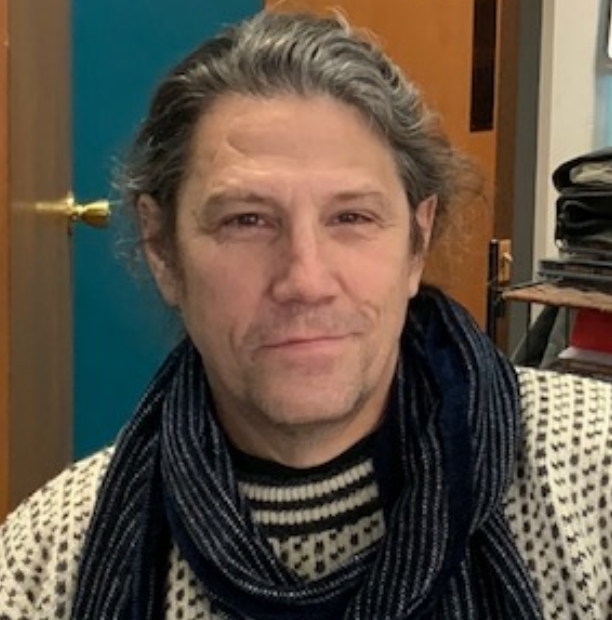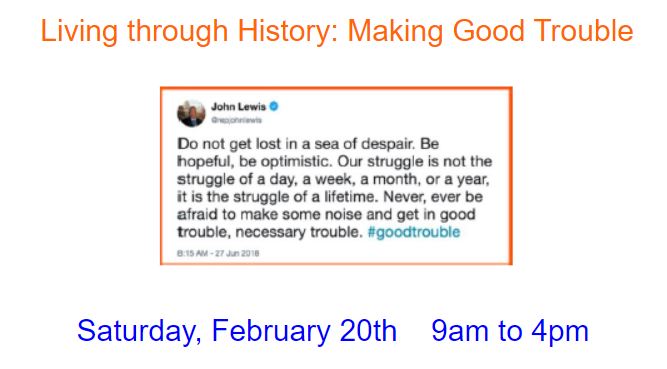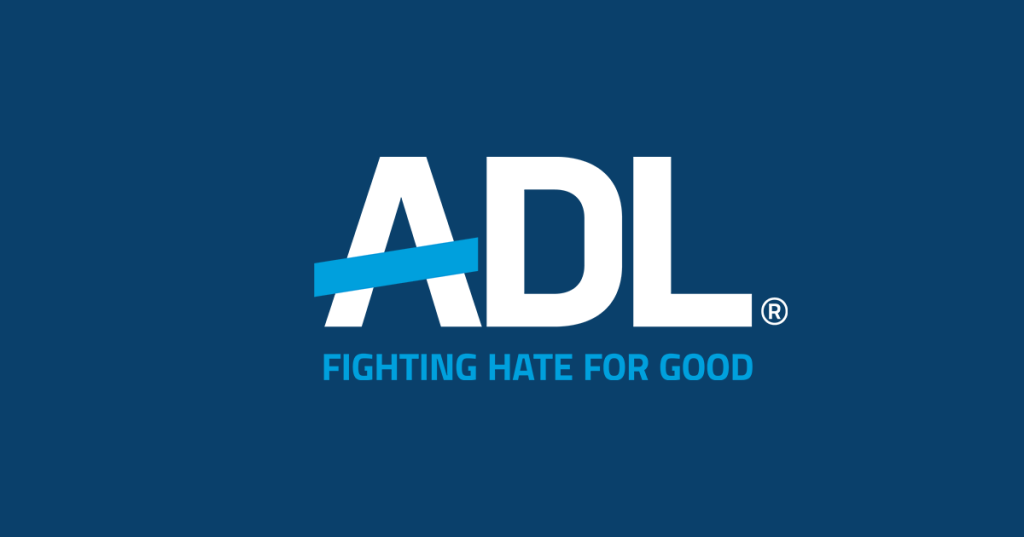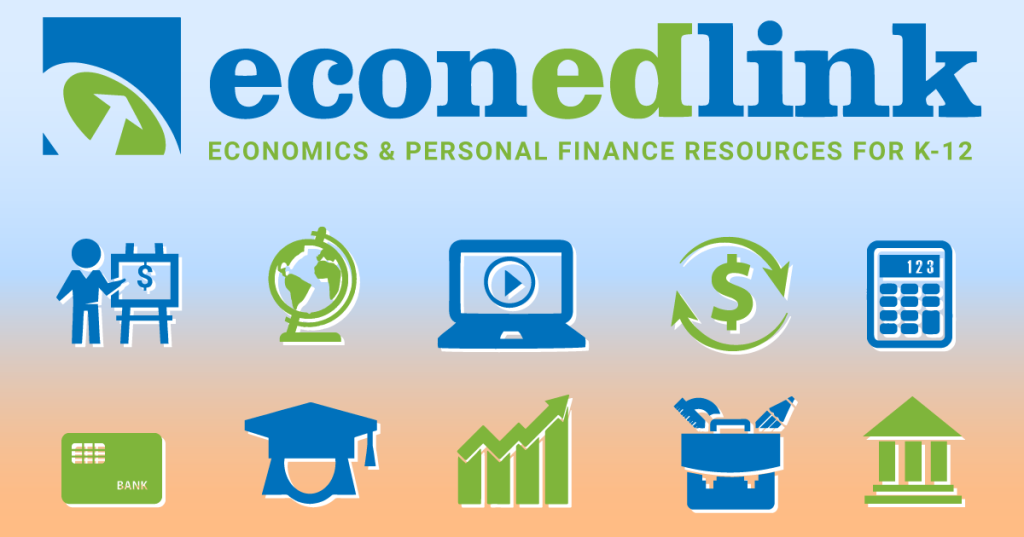Summary
In this seminar, we will study Martin Luther King Jr. as a political thinker. The whole class will read major works by King and excerpts from biographies and historical documents. Additional readings will be distributed among students, who will contribute insights from their assigned texts to the seminar discussions. The additional readings will include works that influenced King, writings by some of his contemporaries, and recent interpretations. We will investigate King’s understanding of the Civil Rights Movement—why it was necessary and what it aimed to achieve. Specifically, we will study his ideas about the political and economic organization of white supremacy, the impact of racial ideologies, and the importance of racial integration and the right to vote. We will investigate King’s philosophy of civil disobedience and nonviolence as well as a set of values he relates to that philosophy: dignity, sacrifice, self-reflection, self-improvement, love, faith, and freedom. We will relate these values to King’s understanding of justice. Criticisms of King will also be considered. Studying King and his critics will provide a window into post-WWII American political thought. (This course is the Capstone for the Civic Studies Major and open to other majors.)
Grading rubric:
- Regular participation in Canvas discussion threads about the readings: 40%. I will post a prompt one week before each class session, and you will reply to my prompt before class. Reading and responding to other students’ comments will be appreciated but not graded.
- 5-page paper, due at the end of the semester: 30%
- class participation: 30%
Criteria for assessing class participation:
- Attendance.
- Engaging in a discussion that is informed by the assigned texts.
- Focusing on the topic and the texts, which does not preclude drawing connections beyond them.
- Being responsive to other students. Responsiveness needn’t always be immediate, verbal, or occur within the class discussion itself.
- Building on others’ contributions, and sometimes making links among different people’s contributions or between what they have said and the text.
- Demonstrating genuine respect for the others, where respect does not require agreement. In fact, sometimes respect requires explicit disagreement because you take the other person’s ideas seriously.
- Taking risks, trying out ideas that you don’t necessarily endorse, and asking questions that might be perceived as naive or uninformed.
- Seeking truth or clarity or insight (instead of other objectives).
- Exercising freedom of speech along with a degree of tact and concern for the other people.
- Demonstrating responsibility for the other students’ learning in what you say (and occasionally by a decision not to speak).
Syllabus
Introduction
Monday, Feb 1: Introduction
Wednesday, Feb 3: In lieu of class, please attend Tufts University’s Rev. Dr. Martin Luther King Jr. Symposium, “Cashing Our Promissory Note: Race, Justice, and Reparation” with Jelani Cobb. The time is 5:00-6:30. Once registered, you get a Zoom link.
1. Predecessors and Early Influences
Monday, Feb 8: Major African American political thinkers, 1885-1940
Students choose one of these authors and be prepared to discuss the author as well as the readings.
- Booker T. Washington, “Letter to the Editor” (1885); ”Atlanta Exposition Address” (1895); ”Speech to the National Afro-American Council” (1895); ”Letter to President Roosevelt” (1904); ”Speech to the National Negro Business League” (1915);”My View of Segregation Laws” (1915)
- W.E.B. DuBois, “The Evolution of Negro Leadership” (1901);” Declaration of Principles” (1905); ”The Crisis” and” Agitation” (1909); ”Race Relations in the United States” (1928);”Marxism and the Negro Problem” (1933); ”Pan -African and New Racial Philosophy” (1933);” The [NAACP] Board of Directors on Segregation” (1934); ”A Negro Within the Nation” (1935). Plus ”The Talented Tenth” (1903).
- A. Phillip Randolph: ”Lynching: Capitalism Its Cause; Socialism its Cure”; editorials on” Racial Equality” and ”The Failure of the Negro Church,“ “The Negro Radicals, “ “Segregation in the Public Schools: A Promise or a Menace, “Negroes and the Labor Movement, “ “The Negro and Economic Radicalism, “ and ”The New Pullman Porter.”
- Marcus Garvey, “Address to the Second UNIA Convention” (1921) plus the entry on Garvey in BlackPast
- Anna Julia Cooper, as discussed in Christopher J. Lebron, The Making of Black Lives Matter: A Brief History of an Idea (New York: Oxford University Press, 2017), pp. 67-84
(Unless otherwise noted in the PDFs, these readings are scanned from Gary D. Wintz, ed., African American Political Thought 1890-1930 (M.E. Sharpe, 1996).)
Wednesday, Feb 10: Theological Influences
Students choose one of these authors and be prepared to discuss the author as well as the readings
- Howard Thurman, Jesus and the Disinherited, pp. 7-35.
- Reinhold Niebuhr, Moral Man and Immoral Society, pp. 257-77
- Walter Raushenbush, A Theology for the Social Gospel, pp. 57-78 and 95-109
- Martin Buber, I and Thou, translated by Walter Kaufmann, pp. 53-69, 96-110, and 160-68
Monday, Feb 15 – Presidents’ Day, no classes
Wednesday, Feb 17: Biblical echoes
Students will choose one of these, read it, and also read a bit online about the context:
- Book of Exodus, Chapters 1-3, in the King James Version
- Book of Amos, Chapter 2, in the King James Version
- Book of Micah, in the King James Version
- Book of Matthew, Chapter 26, in the King James Version
Monday, Feb 22: Precursors–Gandhi
Everyone will read:
- Ramachandra Guha, Gandhi: The Years that Changed the World (2018), chapter 16 (“The March to the Sea”)
Choose one of these:
- Bikhu Parekh, Gandhi, Chapter 4 (“Satyagraha”), pp. 51-62;
- Gandhi, Satyagraha (Ahmedabad: Navajivan Publishing Co., 1951), excerpts; and Gandhi, Notes, May 22, 1924 – August 15, 1924, in The Collected Works of Mahatma Gandhi (Electronic Book), New Delhi, Publications Division Government of India, 1999, 98 volumes, vol. 28, pp. 307-310
- Karuna Mantena, “Showdown for Nonviolence: The Theory and Practice of Nonviolent Politics, “ in Shelby and Terry, pp. 78-101
- Martha Nussbaum.”From Anger to Love: Self-Purification and Political Resistance, “ in Shelby and Terry, pp. 105-126
- Reinhold Niebhuhr, Moral Man and Immoral Society, pp. 231-256
Wednesday, Feb 24: Precursors–African American campaigners against segregation
- Everyone watches Episode 1 of Eyes on the Prize, “Awakenings, 1954-1956″
Choose among:
- Charles Payne, “Ella Baker and Models of Social Change”; and Ella Baker, “Developing Community Leadership”
- Danielle McGuire, At The Dark End of the Street: Black Women, Rape, and Resistance–A New History of the Civil Rights Movement from Rosa Parks to the Rise of Black Power (excerpts)
- James L. Farmer Jr., Lay Bare the Heart: An Autobiography of the Civil Rights Movement (excerpts)
2. Montgomery
Monday, March 1: What Happened?
Choose between:
- David Garrow, Bearing the Cross: Martin Luther King, Jr., and the Southern Christian Leadership Conference (1986), pp. 11-82.
- Taylor Branch, Parting the Waters: America in the King Years, 1954-63, pp. 105-205.
Wednesday, March 3: How Does King Present What Happened?
- Martin Luther King, Stride Toward Freedom, chapters 3, 4, and 5.
- Speech at Holt Street Baptist Church, Dec. 5, 1955.
Monday, March 8: Why did it turn out as it did?
- Charles Tilly, “Social Movements, 1768-2004″
- Marshall Ganz, “Why David Sometimes Wins: Strategic Capacity in Social Movements, “ in Jeff Goodwin and James M. Jasper, Rethinking Social Movements: Structure, Meaning, and Emotion (Lanham, MD: Rowman and Littlefield, 2004) pp.177-98.
Wednesday, March 10: Deliberating What to Do
- Reading: Peter Levine, “The Montgomery Bus Boycott: An SNF Agora Case Study.” In class, students discuss the questions in this case.
3. Albany and Birmingham
Monday, March 15: What Happened?
Please watch: Episode 4 of Eyes on the Prize, “No Easy Walk: 1961-1963″
Optional, for background:
- David Garrow, Bearing the Cross: Martin Luther King, Jr., and the Southern Christian Leadership Conference (1986), 173-286.
- Taylor Branch, Parting the Waters: America in the King Years, 1954-63 , pp. 524-561 and 673-802.
Wednesday, March 17: How Does King Present What is Happening?
- Martin Luther King, Jr., Letter from Birmingham Jail
Monday, March 22: More Analysis of the Letter
- Martin Luther King, Jr., Letter from Birmingham Jail
Wednesday, March 24: King’s version versus the Supreme Court’s
- David Luban, “Difference Made Legal: The Court and Dr. King” (start at p. 2156)
- Walker v. City of Birmingham, 388 U.S. 307 (1967)
(March 26-28, spring break)
4. March on Washington, Selma
Monday, March 29: Protest and Politics
Everyone reads:
- Rustin, From Protest to Politics: Future of the civil Rights Movement. 1965.
- Proposed Plans for March (perhaps by Rustin)
- Everyone reads or listens to the speech and other documents from that day:
- Instructions for March Ushers
- Original Speech of John Lewis
- Speech of John Lewis as Given
Wednesday, March 31: Selma
Everyone listens and/or reads the text of:
- “Address at the Conclusion of the Selma to Montgomery March” (March 25, 1965)
Please also choose between:
- Episode 6 of Eyes on the Prize, Bridge to Freedom: 1965″
- David Garrow, Bearing the Cross: Martin Luther King, Jr., and the Southern Christian Leadership Conference (1986), pp. 357-430
5. Issues During the”Heroic Moment” of the Civil Rights Movement
Monday, April 5: What Should be the Goal?
Please read both:
- Martin Luther King, “The Ethical Demands for Integration ” (1962) AND
- Stokely Carmichael, “Toward Black Liberation, “ The Massachusetts Review, Autumn 1966
Optional readings (valuable interpretations of King’s view): Danielle Allen, “Integration, Freedom, and the Affirmation of Life, “ in Shelby and Terry, pp. 155-169. and Derrick Darby, “A Vindication of Voting Rights, “ in Shelby and Terry, pp. 170-83. [Because of the pandemic, I cannot get access to this book to scan it. The Google book version of these chapters skips some pages; just read what you can.]
Wednesday, April 7: Change from Below or from Above?
- Patrick Healy and Jeff Zeleny, “Clinton and Obama Spar Over Remark About Dr. King – The New York Times.pdf Jan 13, 2008
- Garth E. Pauley, “Presidential rhetoric and interest group politics: Lyndon B. Johnson and the civil rights act of 1964, “ Southern Communication Journal, vol. 63, no 1 (1997), pp. 1-19
- Original text of the Civil Rights Act of 1964
Monday, April 12: Martin Luther King and Malcolm X
Everyone reads these primary texts:
- King’s remarks on Malcolm X in 1965 (from a Playboy Magazine interview)
- Malcolm X., “Message to the Grass Roots ” (Nov 9-10, 1963)
- Malcolm X, “The Ballot or the Bullet , “ 1964 (audio and/or text)
Choose among:
- Episode 7 of Eyes on the Prize, “The Time Has Come: 1964-66 ”
- August H. Nimtz, “Violence and/or Nonviolence in the Success of the Civil Rights Movement: The Malcolm X–Martin Luther King, Jr. Nexus,” New Political Science 38.1 (2016): 1-22.
- Clayborn Carson, “The Unfinished Dialogue of Martin Luther King and Malcolm X ” (1998)
- Peniel Joseph, The Sword and the Shield (excerpts TBA)
6. Later Writings and Issues
Wednesday, April 15: The North and Poverty
Everyone watches:
Episode 8 of Eyes on the Prize, “Two Societies: 1965-68 “
King’s 1967 article in response to the Detroit riots: ”The Crisis in American Cities.”
Choose from:
- Enrico Beltramini, ”Operation breadbasket in Chicago: Between civil rights and black capitalism.” The Economic Civil Rights Movement (Routledge, 2013), pp. 131-142.
- Jesse L. Jackson, “The Movement Didn’t Stop, “ in Mary Lou Finley, Bernard LaFayette Jr., James R. Ralph
Jr. and Pam Smith (eds)., The Chicago Freedom Movement: Martin Luther King Jr. and Civil Rights Activism in the North (University Press of Kentucky 2016), pp. 236-254.
Monday, April 19: Patriots’ Day observed (University Holiday) No Classes
Wednesday, April 21: The War
Listen to audio and/or read the text:
- “Beyond Vietnam — A Time to Break Silence” (1967)
Monday, April 26: The end
Everyone watches/listens to:
- Episode 10 of Eyes on the Prize, “The Promised Land: 1967-68 ”
- Martin Luther King, “I’ve Been to the Mountaintop” (April 3, 1968)
21st-Century Appraisals
Wednesday, April 28: Major interpretive questions
- Peniel E. Joseph, “Waiting till the midnight hour: Reconceptualizing the heroic period of the civil rights movement, 1954–1965 ”
Monday, May 3: The Civil Rights Movement from the perspective of Black Lives Matter
- The Combahee River Collective, “The Combahee River Collective Statement , “ BlackPast
- Fredrick C. Harris, “The next civil rights movement?” Dissent 62, no. 3 (2015): 34-40
Wednesday, May 5: Summing Up











